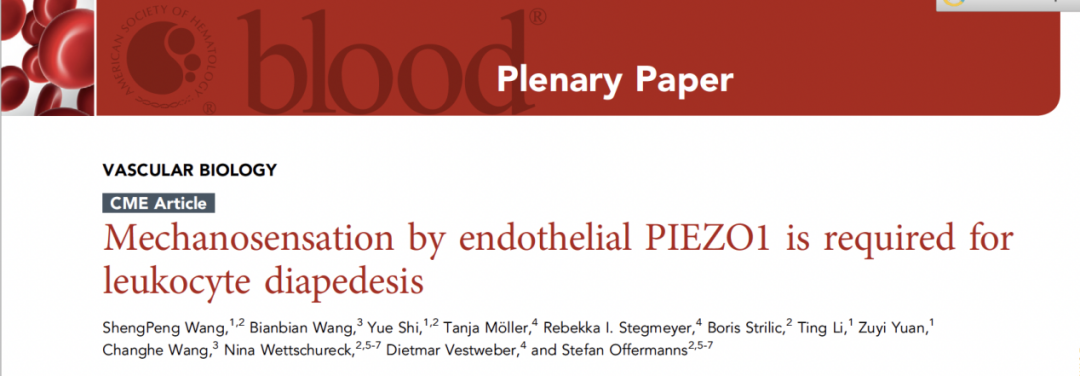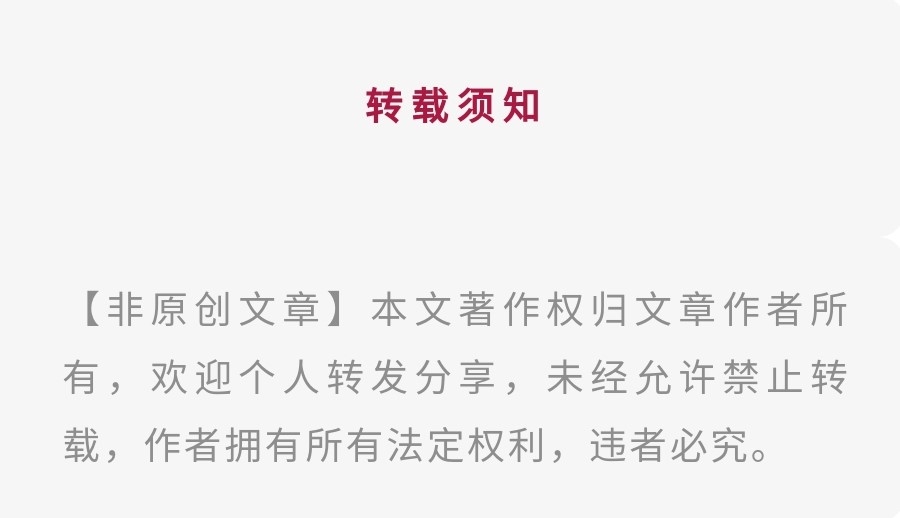Blood flow during inflammation promotes a new mechanical mechanism for white blood cells to travel microba
Author:Bioart biological art Time:2022.08.05

As a "legion" that exists in the blood, white blood cells participated in each inflammation defense operation in the body. When the germs invade the human body, some white blood cells in the blood adhere to the activated capillary endothelial cells. They enter the tissue gap through the deformation of the endothelial gap and the vessel wall of the vascular wall, and concentrate on the invasion of the germs to surround and swallow the germs. Extravasation is the most important feature of inflammatory response, which constitutes the main defense link of vascular inflammation. Although the white blood cells and vascular endothelial cells are exposed to blood shear during the splashing process, the mechanical mechanisms involved in this process still lack research. In addition, white blood cells will activate endothelial cells during the transgender metastasis, causing calcium internal flow, but in the past 20 years, people have not found relevant ion channels or molecular mechanisms.
On July 27, 2022, Professor Wang Shengpeng of the Ministry of Medicine of Xi'an Jiaotong University and the team of Academician Stefan OFFERMANNS in Germany (Max-Planeck-Institute), in the form of a cover article in Blood, published entitled Mechanosation by EndoThelial Piezo1 Is Required FORED FORED FORERERED FREKUIRED FREQUIRED FREKUIRED FREKUIRED FREKUIRED FREKUIRED FREKUIRED FREKUIRED FREKUIRED FREKUIRED FREKUIRED FREKUIRED FREKUIRED FREKUIRED FREKUIRED FOREKUIRED FR Diapedesis research articles reported that in the process of crossing the vascular metastasis, the intervention of the blood flow shear stress caused the increased tension of the vascular endothelial cell membrane. , Resulting in endothelial cell contraction and open barrier, eventually induced white blood cells to complete the transfer.

In this project, in order to explore the effects and impact of blood flow shear force on the blood vessels of leukococycles, the team uses the ionization shear force to simulate the combination of SIRNA filtering technology system to screen the endothelial cell Gene. The research team found that the low shear force has a significant promotion effect on the metastasis of white blood cells. More importantly, the lack of mechanical power sensitive ion channel Piezo1 endothelial cells' metastatic capacity of leukocytes has decreased significantly. At the same time, under the common effect of white blood cell metastasis and cutting force, endothelial cells will generate strong calcium signals, but after the lack of Piezo1, the calcium signal and its activated downstream channel are almost completely suppressed. These results suggest that Piezo1 is white blood cells as white blood cells Activate endothelial cells and mediated key genes for leukocyte transfer.
Researchers further use endothelial cell special PIEZO1 knockout mice, and build a variety of inflammatory models in mice through mice, such as Patou oil, leukocyte IL-1 and tumor necrosis factor TNF-α. Wild mice have a large amount of white blood cells transferred from vascular tissue after inflammation. Among the piezo1 knockout mice, more than 60%of the white blood cells are still limited to the vascular lumen after inflammation, and the normal transcendence of vascular metastasis cannot be completed. Further, the researchers used GFP fluorescence to mark the vascular endothelial of the mice, and used the twin -optical sub -vascular imaging. Based on this, the activity of leukocytes in the micro -blood vessels was observed in real time. The result was found that the leukocyte was knocked out in the endothelial PIEZO1. Attach on the inner wall of the blood vessels, no abnormalities have been seen at taxiing and adhesion, but the transmissions of white blood cells are reduced by about 60%compared with normal mice. Based on the above phenomenon, the researchers proposed that Piezo1 is a key mechanism for medium -to -white blood cell metastasis of vascular endothelial cells.

Piezo1 is a new type of mechanical sensitive ion channel found by the Nobel Prize winner Arderm Potapotian Lab. It plays a mechanical perception role in myocardial cells, vascular smooth muscle cells, skeletal stem cells and fat cells. Researchers have also confirmed that Piezo1 is the key receptor of vascular endothelial cell perception of blood flow shear force. In order to further explore the molecular mechanism of PIEZO1 to media for leukocyte metastasis from a mechanical perspective. Needle, combined with FLIM fluorescent life imaging and FRET technology, recorded the mechanical effects of white blood cells on endothelial cell membrane during the metastasis. Researchers found through mechanical imaging that the contact with endothelial cell membrane tension in the state of static state discovered that in static state Stepping, but if the fluid shear force is added when the white blood cells are metastasis, it will cause a significant increase in the tension of endothelial cell membrane, which will activate PIEZO11 of the cell membrane, which will cause external calcium internal flow, and then activate src, pyk2, mlc Wait for a series of intracellular signals and cause Ve-Cadherin to swallow, which eventually causes endothelial cell contraction and endothelial barrier, thereby mediating leukocyte crossing the endothelial to the vascular.

This item innovatively revealed the key mechanical mechanism of the vascular inflammation reaction from the perspective of biomechanics. It was selected as a cover article by Blood. Blood Magazine also published a column review by Pester L. Hordijk, an authoritative scholar in the field. Professor Hordijk believes that this work has solved a key problem that needs to be solved in the past 10 years: found that Piezo1 is a key ion channel for leukocyte activation of endothelial cells, stimulating the calcium calcium signal of endothelial cells, and revealing a new mechanical mechanism for leukocyte transfers. The Wang Shengpeng team has long been committed to the mechanical regulation of blood vessels and metabolic diseases. Through Academician Stefan Offermanns, and Yuan Zuyi, an affiliated academic in the west, and other teams, the team has cooperated for many years. Perceive receptor GQ/11, P2Y2 and PIEZO1, etc., clarify the mechanism of regulating blood vessels to regulate blood vessels, blood pressure regulation, and blood pressure regulation mechanism (JCI 2015, JCI 2016, JEM 2018, JCI 2019, Circ Res 2021, Circ Res. 2022), and revealed the pathogenesis of metabolic diseases such as obesity from a mechanical perspective (Nat Commun 2020A, Nat Commun 2020B, J Hepatalogy 2021).
Original link:
https://doi.org/10.1182/blood.2021014614
Want to know more exciting content, come and pay attention to BIOART biological art


- END -
Diary of the front line of resistance | Senging and controlling the community on duty witness the tender story looks forward to defeating the epidemic

After the 7.15 epidemic, Chengdu carried out emergency response for the first time...
The Shangqiu Municipal Meteorological Bureau issued a high -temperature orange warning [Class II/ser
The Shangqiu Meteorological Observatory issued a high -temperature orange warning signal at 11:50 on June 08, 2022: It is expected that today, the highest temperature in the urban areas and towns and